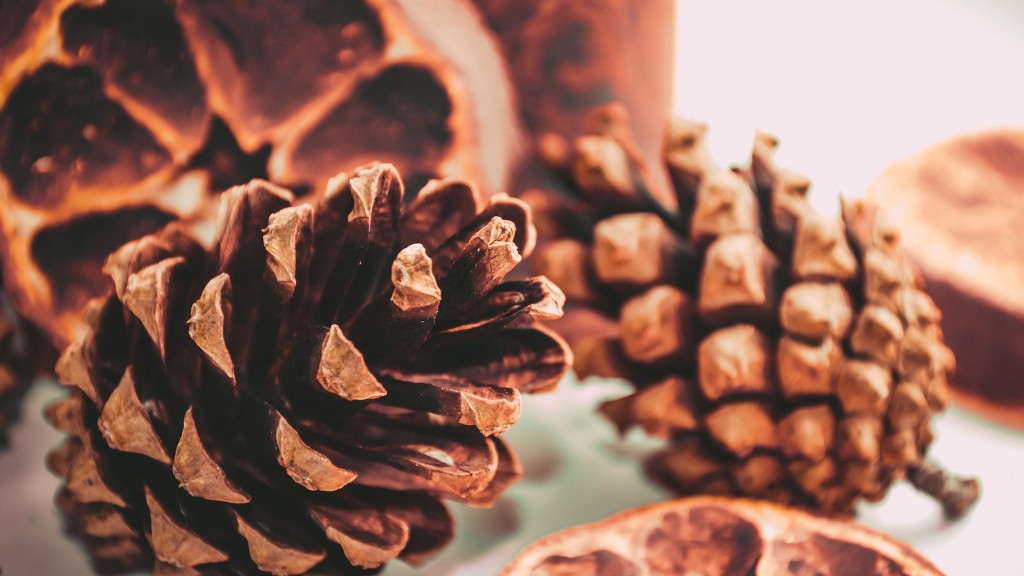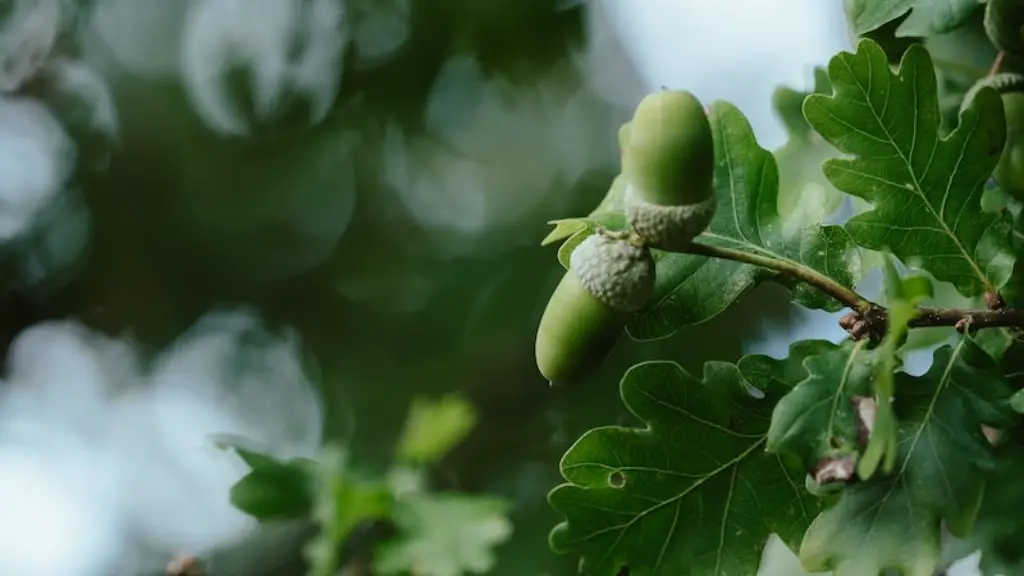How to Plant a Rainier Cherry Tree
The Rainier cherry tree is beloved among gardeners for its prodigious crop of large, tart-sweet yellow cherries. With its potential yield of over 50 pounds of cherries per mature tree, the Rainier cherry tree is a great choice for any backyard orchard.
Planting a Rainier cherry tree is not difficult and can be done in a few simple steps. First, decide where to plant the tree. As a dwarf variety tree, the Rainier cherry tree is a low-maintenance tree, suitable for planting in gardens, orchards, or backyards. Consider factors such as the size of the planting area, soil type, and how much sun the area gets throughout the day. Rainier cherry trees generally require full sun for at least six hours per day.
Next, select the right site for the tree. Rainier cherry trees should be planted in an area with well-drained soil and sheltered from strong winds. The tree should be planted 6-10 inches below the soil surface. If planting in a container, use a pot that is at least 5-6 gallons and 12” diameter.
After selecting a site and the pot, it’s time to prepare the soil. The soil should be amended with organic matter, such as compost or peat moss, to help improve fertility and drainage. For planted trees, dig a hole at least twice as wide and just as deep as the root ball. If planting in a container, fill the pot with store-bought potting soil mix.
Now it’s time to plant. Place the tree in the hole or pot and make sure the roots are fully covered with soil. Water the tree until the soil is moist but not soggy. Add 2-4 inches of mulch to the base of the tree to help retain moisture and control weeds. When planting in a container, grow the tree in a sunny location outdoors, but be sure to move it inside if temperatures drop below 15 degrees Fahrenheit.
To maximize fruit production, prune the tree once it is established. While the tree is young, use pruning shears to remove any dead or diseased branches and to encourage a more balanced growth. Once the tree is more mature, use a pruning saw to thin out branches that are growing towards each other or were damaged by strong winds.
Fertilizing the tree is also important for maintaining healthy growth. Avoid using chemical fertilizers as they can cause nutrient burn, which will harm the tree. Organic fertilizers, such as compost, worm castings, or manure, are great options. Apply the fertilizer twice a year, in early spring and again in late summer.
Watering
Proper watering is essential for a successful Rainier cherry tree. Water the tree once a week with a slow stream of water, making sure to water the entire root zone. Rainwater is ideal as it has a neutral pH and is free of chlorine, which can be damaging to the tree. In times of drought, deep soak the tree every two to three weeks.
Regularly monitoring the tree is another important part of keeping it healthy. Check for signs of pests, diseases, or nutritional deficiencies. If you spot any issues, address them quickly to avoid further damage. Monitor the soil to make sure it is moist but not soggy.
By following these simple steps, you can enjoy a lifetime of plump, sweet cherries from your very own Rainier cherry tree.
Caring for Young Trees
Young trees need to be protected from extreme temperatures and harsh weather. If temperatures are forecast to drop below 15 degrees Fahrenheit, cover the young Rainier cherry tree with a blanket, sheet, or other protective covering. Make sure the cover is securely tied to the tree and is removed during hot and sunny days.
The tree should also be protected from animals and birds. Building a fence or putting a protective barrier like bird netting around the tree can help keep wildlife away. If wildlife manages to get to your tree, chase them away, remove any damaged fruits, and repair any broken branches as soon as possible.
Young trees also need a little extra TLC when it comes to watering. Make sure to water young trees once a week, making sure to water their entire root zones. Avoid watering during the middle of the day when the sun is the strongest. For water-stressed trees, sprinkle a few drops of water on the trees’ branches to keep them hydrated.
Finally, avoid using chemical fertilizers. Use organic fertilizers such as compost, manure, or fish emulsion and apply once every two weeks. This will help promote a healthy and strong root system for the young tree.
Harvesting the Rainier Cherry
When it comes to harvesting Rainier cherries, timing is everything. The cherries will start to ripen in the middle of summer, usually around late July to early August. Pick the cherries when the fruit has turned a yellowish-orange color and is soft to the touch. Be sure to wear light protective gloves as the cherries can easily be damaged and bruised.
Once the cherries are picked, they should be washed and dried as soon as possible. This will help reduce the chance of any bacterial or fungal infections caused by moisture. The cherries can be stored in the refrigerator for up to two weeks. Any cherries that are not eaten right away can be frozen or canned for longer storage.
With the proper care and attention, the Rainier cherry tree can provide a delicious bounty of cherries every year. By following these tips, you can enjoy years of flavorful cherries for many summers to come.
Pests and Diseases
The Rainier cherry tree is susceptible to a few pests and diseases that can cause damage to the tree and its fruit. Common pests include aphids, caterpillars, and spider mites, which can be controlled with insecticides. Diseased trees may have leaves with black spots, yellowing foliage, or discoloration. This could be a sign of fungal diseases such as brown rot or leaf spot, which should be treated with a fungicide.
Regular inspection of the tree is necessary to spot any pests or diseases early on. If necessary, contact a certified arborist to help diagnose and treat any issues. Proper pruning, mulching, and keeping the soil moist and free of debris can also help prevent these issues from occurring.
Rainier cherry trees can be sensitive to certain environmental conditions. Too much or too little water, excess fertilizer, or cold temperatures can all cause problems for the tree. Make sure to follow the guidelines for planting and care for the best results.
Why Choose a Rainier Cherry?
The Rainier cherry tree is a great choice for any backyard gardener or orchard enthusiast looking to get a good crop of delicious sweet-tart cherries. It is low maintenance, disease resistant, and easy to grow in containers or in-ground. Plus, with its sweet flavor and bright yellow-orange hue, Rainier cherries make for a great addition to any dish.
Whether you are a novice or an expert gardener, the Rainier cherry tree is a great choice for anyone looking to expand their backyard orchard. With a little bit of care and attention, this tree can provide years of sweet harvests that the whole family can enjoy.

